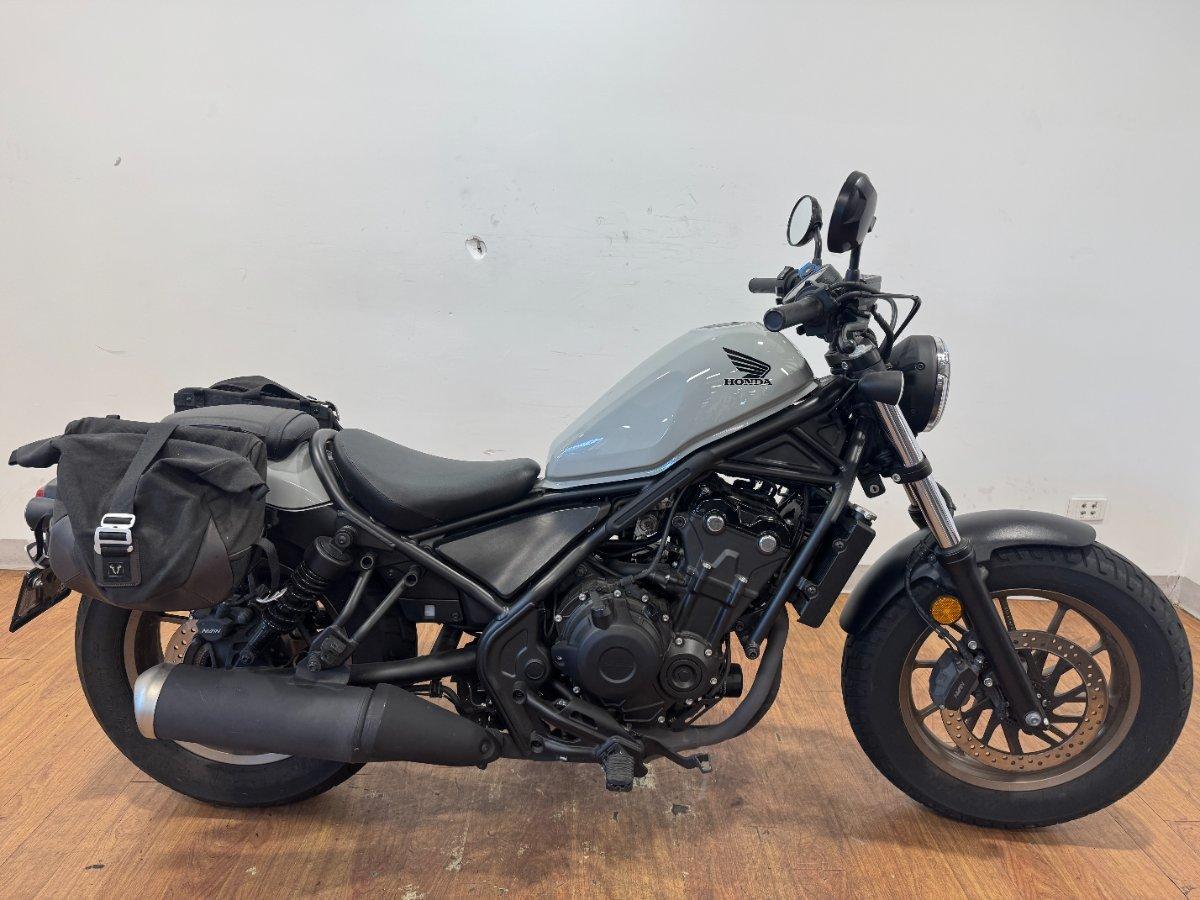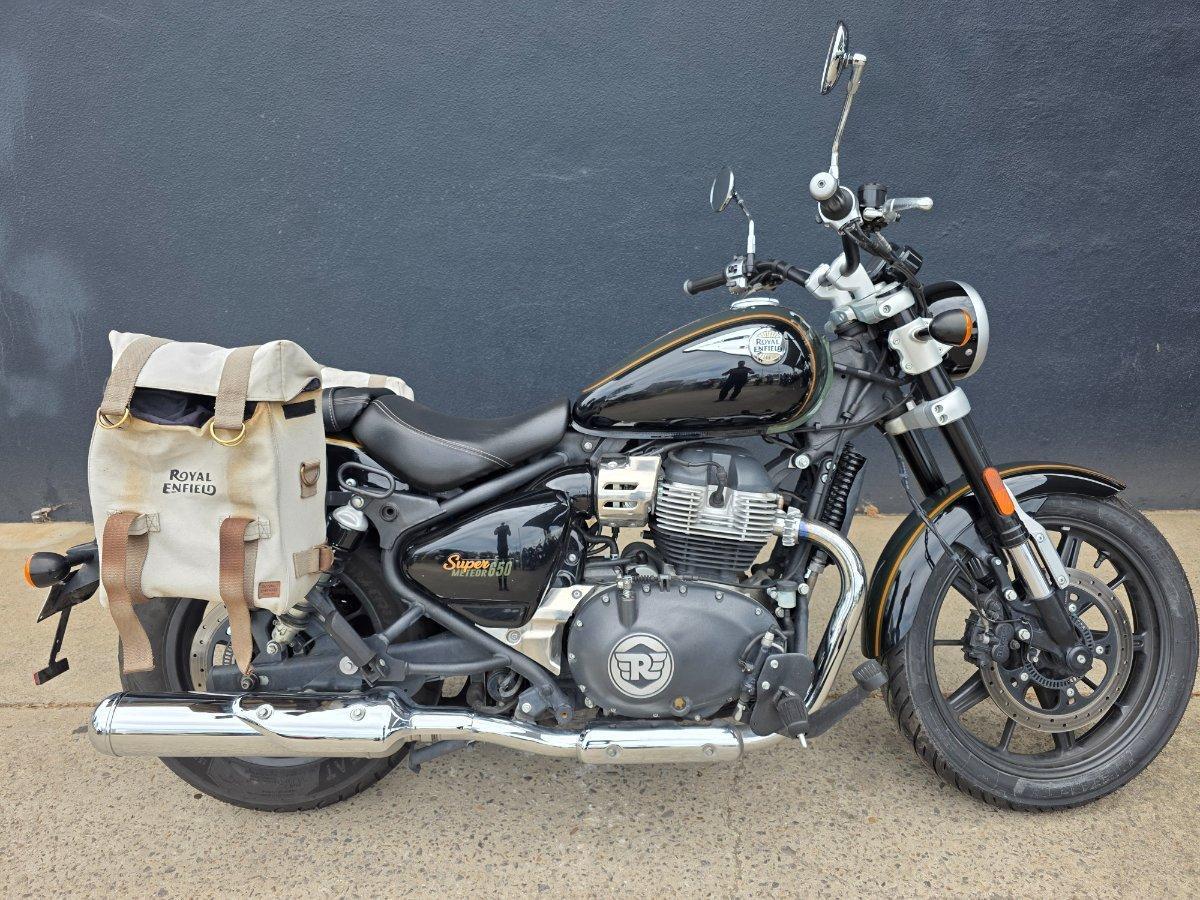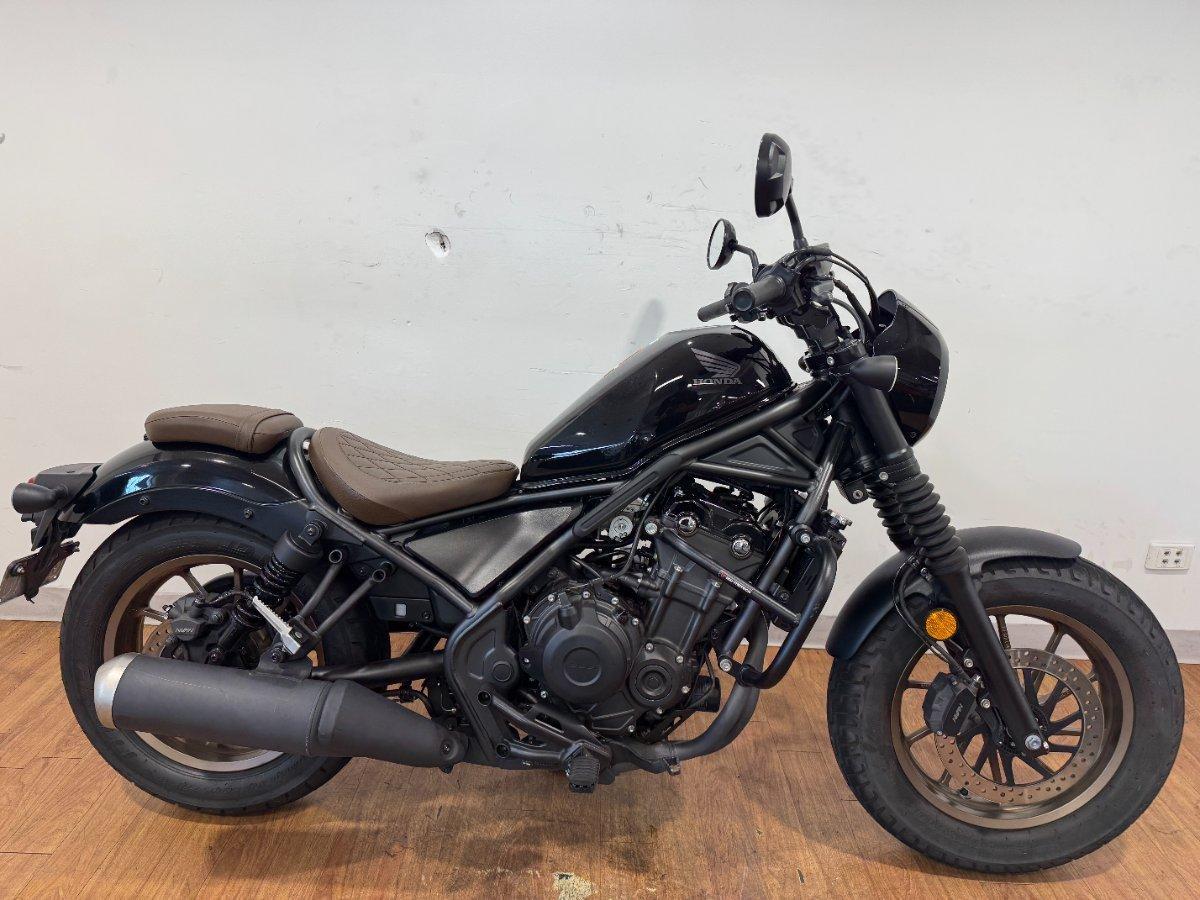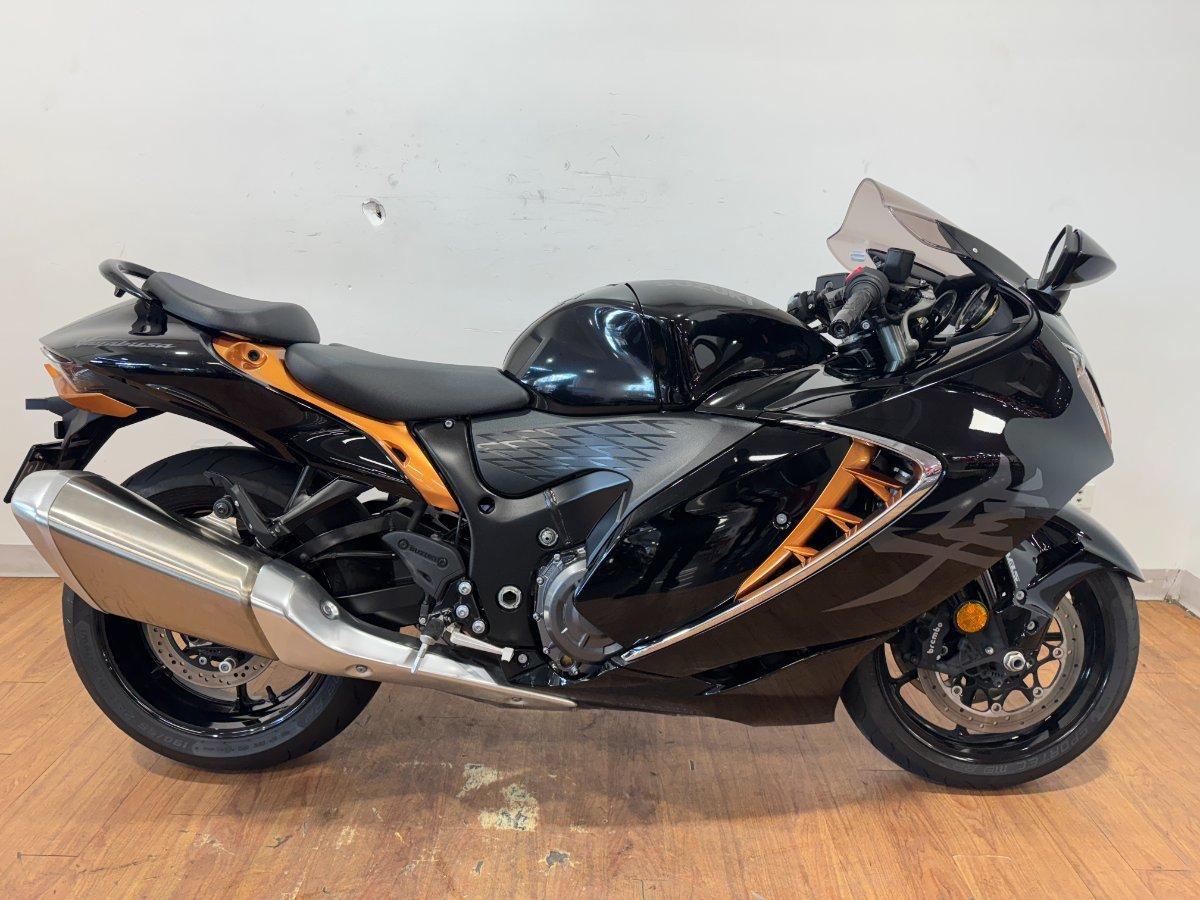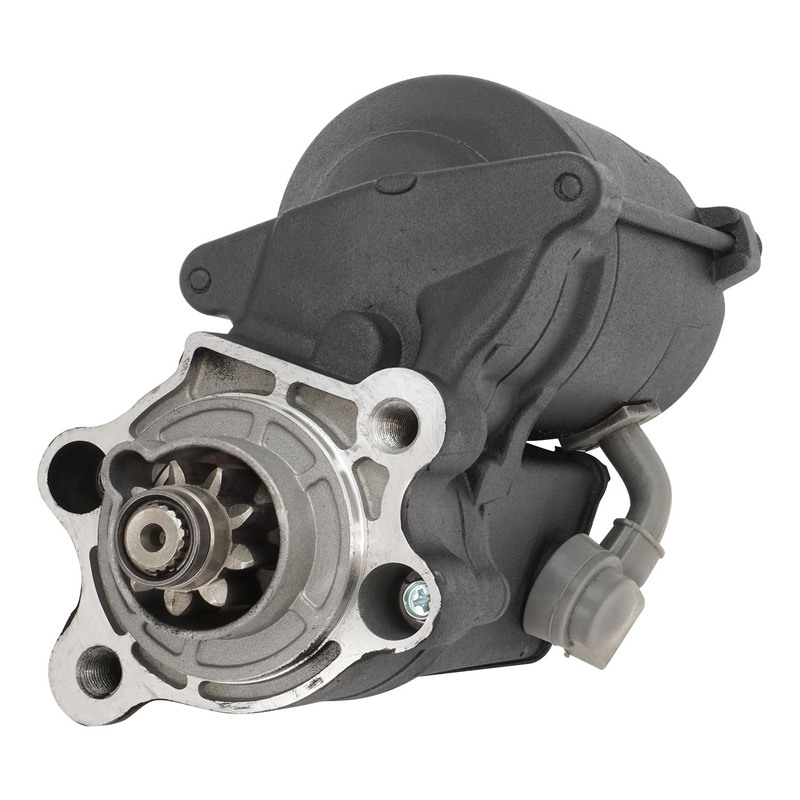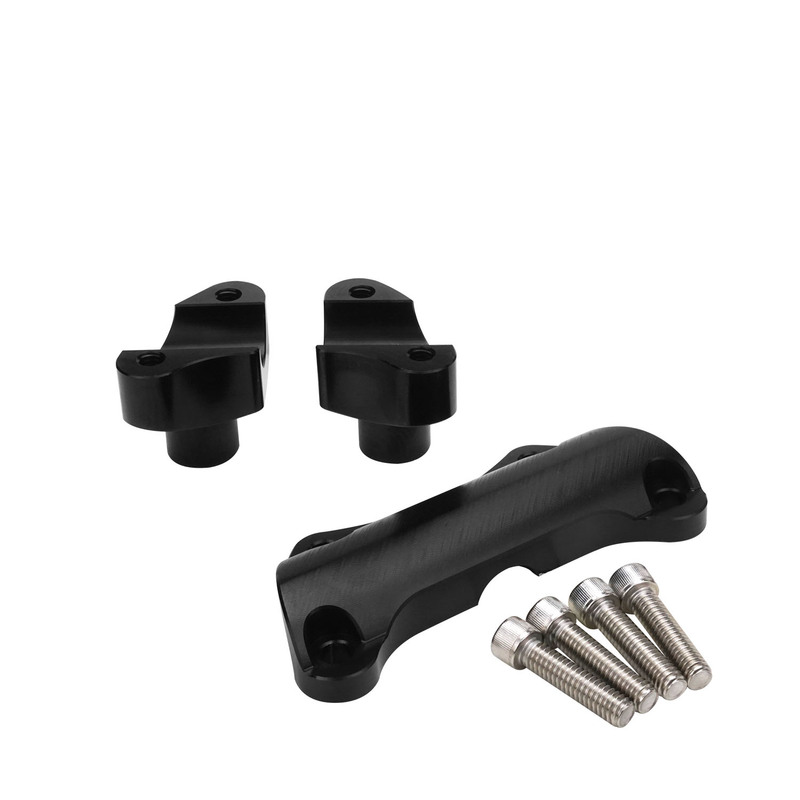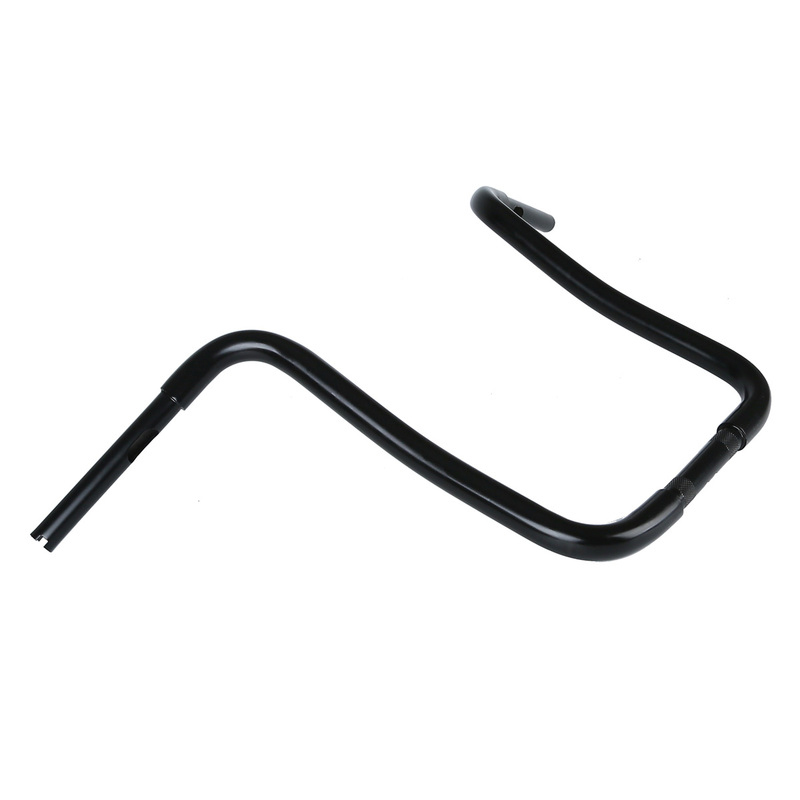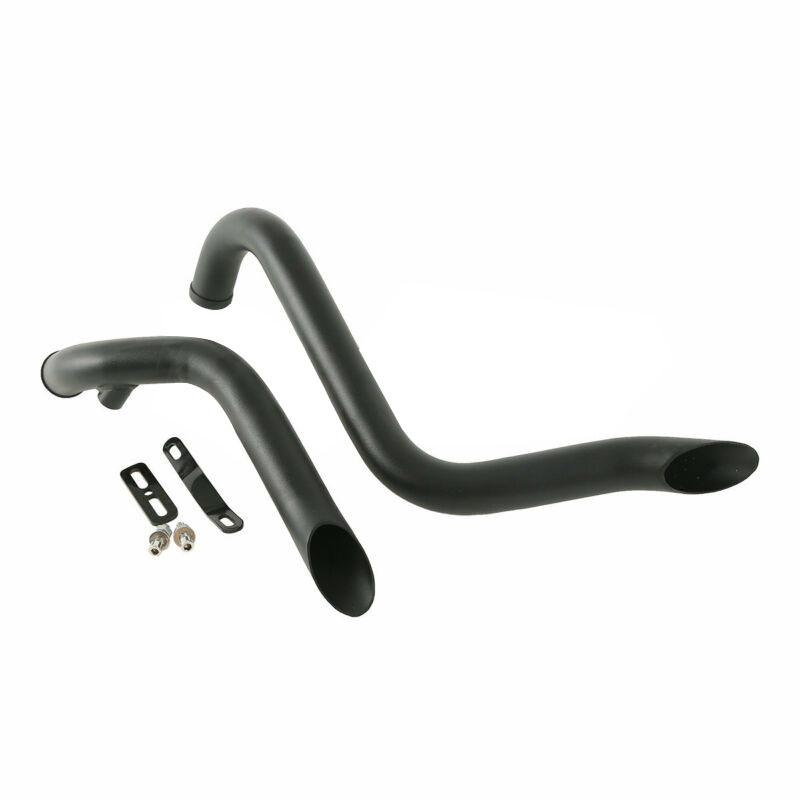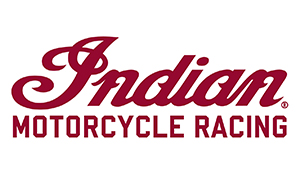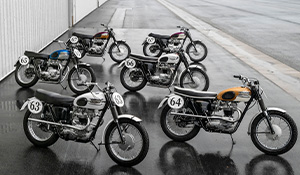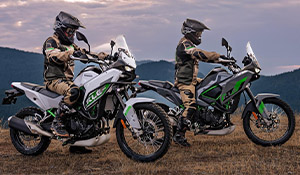2018 Ducati Scrambler 1100
Ducati’s Scrambler range has expanded with the Australian arrival of the ‘Scrambler 1100’. Joining the 803cc Scrambler and LAMS-legal 399cc Sixty2 version, the addition of the new 1079cc version creates what Ducati says is a model family reflective of the original 1960s Scrambler that was offered in 250cc, 350cc and 450cc versions.
Ducati describe the new Scrambler 1100 as a “mature motorbike, designed for those who are looking for the style of performance bikes, but don’t want to miss out on the Scrambler style and philosophy.”

Three basic variants are offered: Scrambler 1100; Scrambler 1100 Special; and Scrambler 1100 Sport. Drivetrain is common to all three, as are things like 18-inch front and 17-inch rear rims, ABS-assisted braking and even the seat height, with differences mainly limited to cosmetics, although the Special features wire spoke wheels and the Sport adds Ohlins suspension.
At first glance, the 1100 doesn’t look all that different from the 800 Scrambler, but on closer inspection, the variances become more apparent, including the additional plastics, different exhaust system and beefier front brake set-up. Of course, it’s under the skin where the greatest difference lies.
Power Plus
As the name suggests, the Scrambler 1100 is powered by a larger version of the engine used in the rest of the Scrambler family: specifically, a 1079cc Desmodromic L-twin.
Developed from the powerplant used in the Monster 1100, this engine features air/oil cooling, a 98 x 71mm bore x stroke, 11.0:1 compression, electronic fuel injection and a 55mm throttle body for the ride-by-wire system.
Twin spark plugs per cylinder, a secondary air system and 16-degree overlap from the 2-valve heads result in listed maximum outputs of 63kW at 7500rpm and 88Nm at a relatively low 4750rpm. This compares to 55kW/68Nm from the Scrambler 800 and 30.6kW/34.2Nm from the 400 version, with Ducati saying the Scrambler 1100 has been tuned to deliver abundant torque from low revs, as well as smooth acceleration across the entire rev range.

Rather than the 2-into-1 exhaust system used by the smaller Scramblers, the 1100 features a 2-1-2 set-up with larger headers and dual steel silencers with aluminium sleeves that exit just under the seat and truncated tail.
The gearbox is a 6-speed, with the clutch including a slipper function for smoother downshifts. Like the 1.85:1 primary gear ratio, 15/39 sprocket pairing and chain drive, the 6-speed is common to all Scrambler 1100 variants.

Bones and Shocks
The tubular steel trellis frame supporting the Scrambler 1100’s L-twin is described as being all-new, with twin upper spars, a 24.5-degree steering head angle and 110mm offset. Matched to this is an aluminium subframe, while the fork yokes (with wider inter-fork clearance than the Scrambler 800) combine with the wide handlebar for what Ducati says is outstanding manoeuvrability.
With its 1154mm wheelbase and larger overall dimensions, the Scrambler 1100 has a different, slightly sportier riding position than the Scrambler 800, with the handlebars further forward and the footpegs further back, but Ducati says the geometry makes for fun, easy riding.

The seat is 810mm high, levers are adjustable and wet weight varies from 206kg to 211kg, depending on variant. Standard suspension consists of a 45mm USD Marzocchi front fork, which is upgraded to a 48mm Ohlins unit on the 1100 Sport.
Both units are fully adjustable and offer 150mm of travel. Rear suspension consists of a Kayaba side-mount monoshock on the regular 1100 and 1100 Special, while the 1100 Sport gets an Ohlins unit to match the front. Both rear suspension options come with pre-load and rebound adjustability and offer the same 150mm of travel as the front end.

Stripped Back, Styled Up
Styling on the Scrambler 1100 follows the pattern set by the previous models, with the signature teardrop fuel tank, short front mudguard and docked tail. That tank is slightly different, though, and there are extra trim pieces on the radiator shroud and engine.
However, compared to the Scrambler 800, covers and plastic components are actually reduced on the 1100, with the rear subframe more prominent than on the smaller Scramblers, too. The 15-litre fuel tank features removable panels, like the standard Scrambler, with the front mudguard, mirrors and other items familiar from the 800 version.
Detail differences include the headlight with its LED outer ring that acts as a DRL, and an X-shaped piece inside that’s designed to evoke the look of taped-over competition headlights.

The offset instrument pod is also different on the Scrambler 1100, adding a second display that features a larger speedo readout, sidestand warning and (when fitted) Ducati Multimedia System display.
The revcounter winds around the main gauge’s outer edge anti-clockwise, with other functions on the full LCD instrumentation including two trip meters, riding mode indicator, traction control setting, clock, air temp, distance remaining display and the usual array of warning lights
Ten-spoke alloy wheels in black with machined detailing are common to the Scrambler 1100 and 1100 Sport, with Pirelli MT60 RS tyres standard across all three variants in a 120/870 XR18 (front) and 180/55 ZR17 (rear) combination.

The standard Scrambler 1100 comes in a choice of ’62 Yellow and Shining Black colours, while the 1100 Special is only offered in Custom Grey. Viper Black with yellow highlights is exclusive to the 1100 Sport.
Styling differences on the Special start with chrome-plated exhaust headers, lower handlebars and black wire spoke wheels, with other features including aluminium mudguards, a brushed aluminium look for the swingarm and quilted-finish on the saddle.
The 1100 Sport gets the aforementioned Ohlins suspension, the lower ‘bars of the Special, plus contrast stitching on the saddle and an all-black exhaust heatshield, while the black and yellow colour scheme extends to the mudguards.

Scrambler Tech
While not as comprehensively-equipped as other Ducati models, the Scrambler 1100 still has a number of useful tech inclusions, starting with cornering ABS and including Ducati Traction Control and three riding modes.
The Bosch 9.1 MP Cornering ABS system works with the standard, Brembo caliper-equipped dual 320mm front discs and 245mm rear disc to provide maximum braking confidence when cornering. Using an IMU, the Bosch ABS is a fixed unit and cannot be deactivated.
The 1100 is the first Scrambler to feature Ducati Traction Control (DTC); the in-house system that has been specifically re-calibrated for this model and offers four different levels of intervention, as well as the ability to disengage it completely.

Each Scrambler 1100 comes with selectable riding modes, with ‘Active’, ‘Journey’ and ‘City’ available. The Active setting delivers maximum engine power, a sharper, more immediate response to throttle input and traction control adjustments.
Journey is more of a cruise mode, still delivering maximum power, but with a softer throttle response and less DTC intervention. City mode drops engine power to the same 55kW as the Scrambler 800 for easier running in stop-start traffic, as well as an even softer throttle response and reduced DTC intervention. Each mode is easily selectable via the switchgear, with Ducati saying maximum safety is ensured with each mode.
A hazard light switch is standard, as is an LED tail light and indicators, while convenience features includes underseat storage with a USB charge port. Heated grips and the Ducati Multimedia System with Bluetooth compatibility are optional. Pegs, pedals and levers are aluminium for easy replacement or customisation.

Now Available
The Scrambler 1100 range should be in most Ducati dealerships by the time you read this. List pricing starts at $17,990 for the standard Scrambler 1100, with the 1100 Special priced from $19,990 and the 1100 Sport listing at $20,990 (NZ pricing is $20,990, $23,490 and $24,490). A 24-month, unlimited km warranty is standard and service intervals are 12,000km.
See your Ducati dealer for further details.
Words: Mike Ryan Photos: Ducati Australia



